The Cazuelas from Pereruela can be used in the oven, microwave, stovetop, or open flame, and can go directly to the table for a sophisticated presentation. The pieces can be used directly on a gas or electric range, however, it is recommended to use a heat diffuser on electric ranges. The heat diffuser (which can be used with gas stove as well) has the added benefit of distributing the heat slowly to prevent foods from burning.
A clay Cazuela should not be submitted to drastic changes in temperature. Let the Cazuela adjust slowly to heat, letting them slowly heat up until they are hot, either on the stove or in the oven. Likewise, you should also the Cazuela to adjust to room temperature before washing or storing them, and never sit a hot Cazuela on a cold surface such as granite or tile.
To clean a Cazuela, simple washing with soapy water is usually all it takes to clean the Cazuelas. Normally, the clay glaze prevents things from sticking, but in can of a scorch, fill the Cazuela with warm soapy water and let it soak briefly, then lightly scrub it with a soft sponge or soft cloth after the scorching has softened. For particularly touch scorches, the Cazuela will benefit from boiling water in it to further soften the scorch. Do not use metal or abrasive pads as they may scratch the surface.
Do not place the Cazuela in a dishwasher and avoid strongly scented soaps as they may flavor the clay.
Always use wooden utensils with the Cazuelas as metal utensils can scratch and damage the inside.
Over time, the Cazuela make develop a film or marks which can be removed by filling the Cazuela with a dilution of water and vinegar.
Appearance
As with most handmade products by artisans around the world, and due to the heavy clay and glazing process, the pieces may have slight imperfections in the form and finish of the materials. These imperfections do not compromise the aesthetics or functionality of the pieces and give the Cazuelas their unique character.


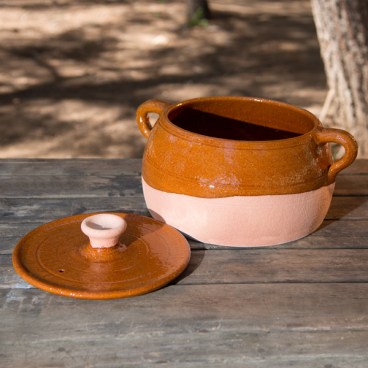
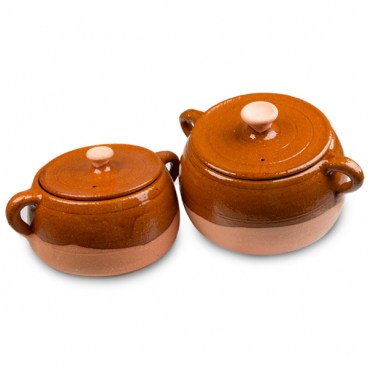
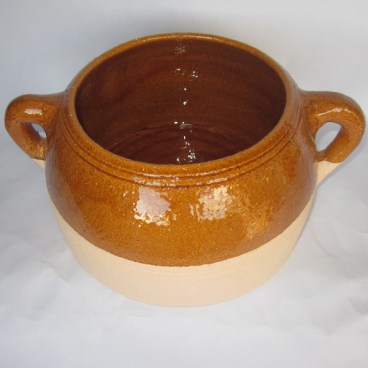
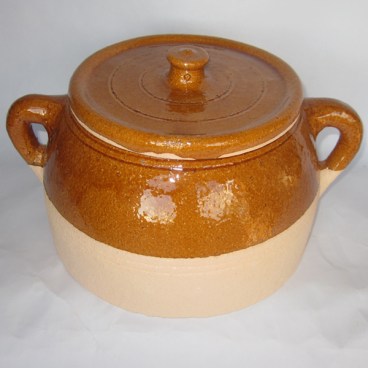





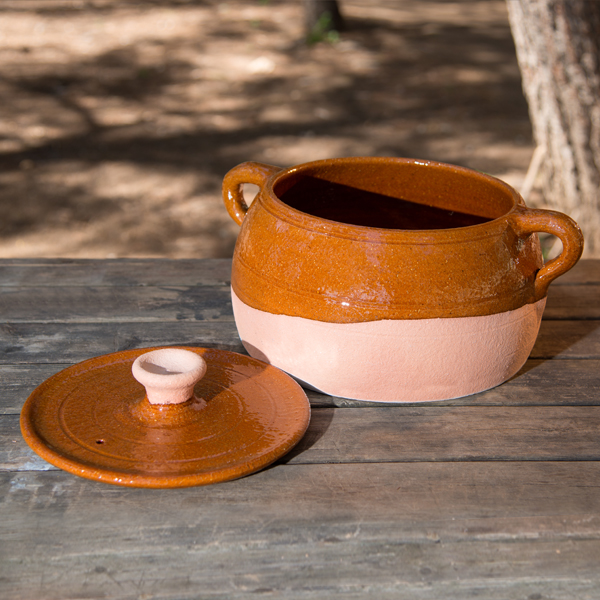
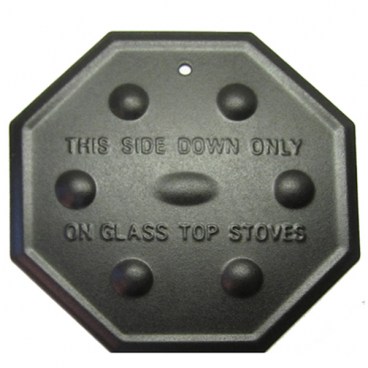
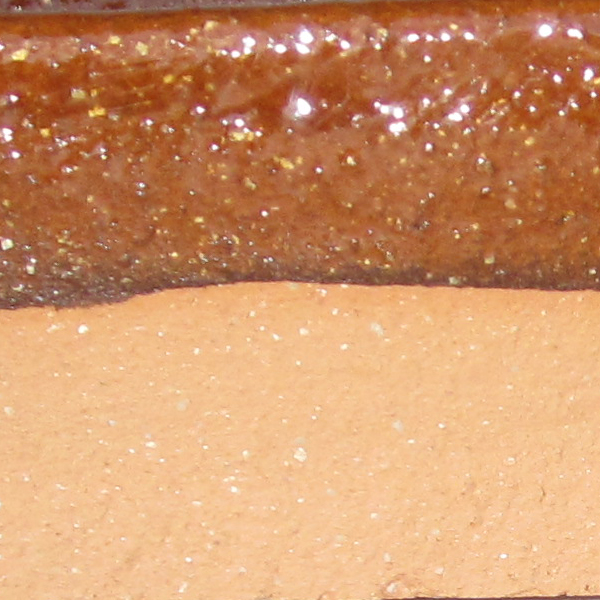 that can be seen with the naked eye and gives the pieces its refectory properties. Together they form a unique combination which actually hardens further each time it is used ensuring that you will enjoy your cazuelas for years to come.
that can be seen with the naked eye and gives the pieces its refectory properties. Together they form a unique combination which actually hardens further each time it is used ensuring that you will enjoy your cazuelas for years to come.
